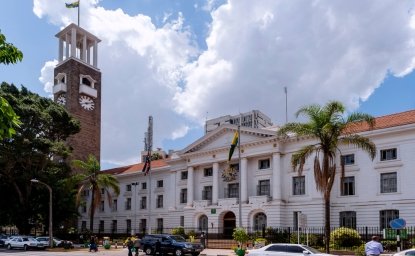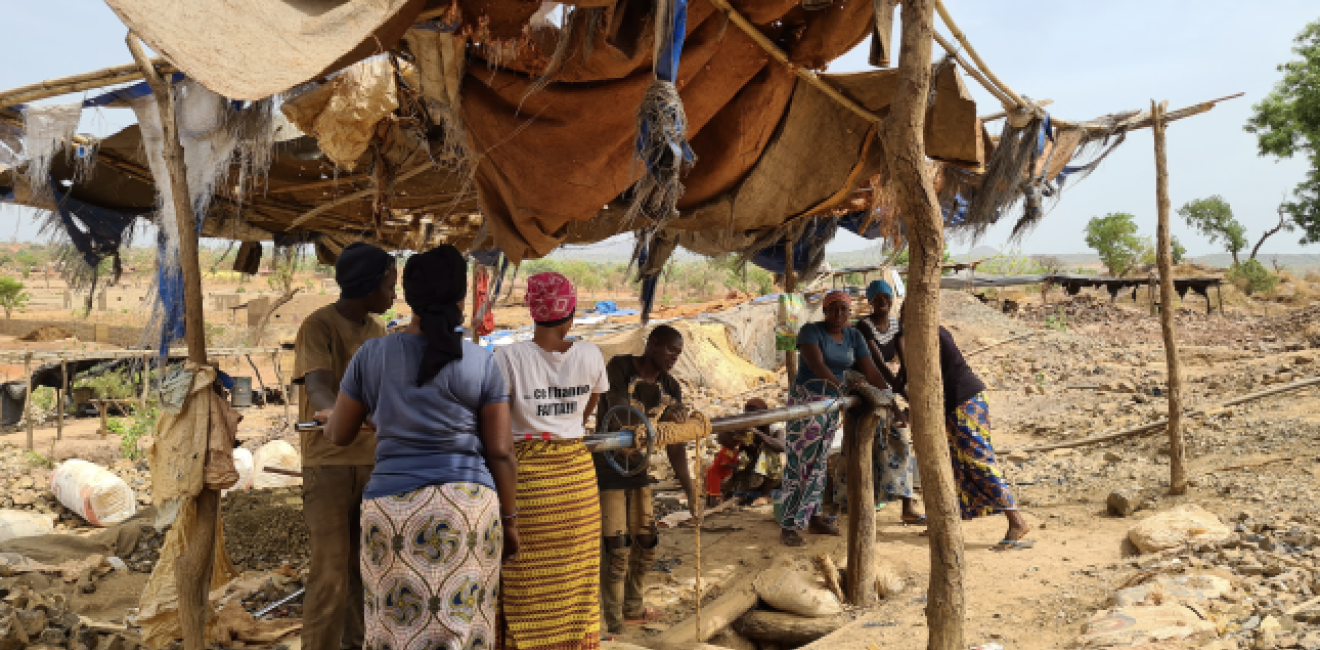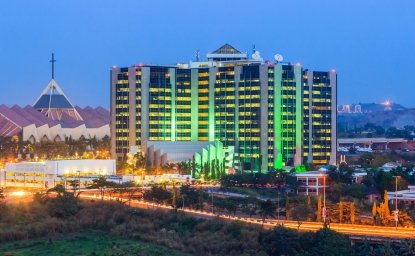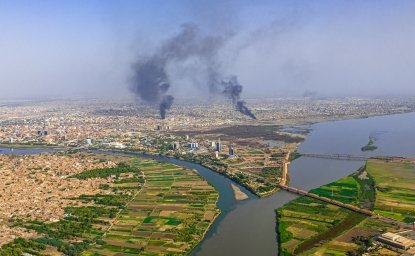
A blog of the Africa Program
This blog was originally posted on NewSecurityBeat, a blog of the Environmental Change and Security Program at the Wilson Center.
The Central Sahel is increasingly deemed the new epicenter of terrorism, accounting for 35 percent of global terrorism deaths in 2021. Yet as the situation in the region continues to deteriorate, artisanal and small-scale gold mining (ASGM) both persists and proliferates. For instance, in Mali, where much of the region's security crisis originates, this conundrum is laid bare.
As in many parts of the world, ASGM is an age-old tradition in this Sahelian nation. History relates that Mansa Musa, the King of the ancient Malian empire, famously gave away so much gold in the 14th century that it caused severe inflation in Egypt and parts of the Middle East for years to come.
The challenges that Malians face today are numerous. In addition to two successive coups d'états in 2020 and 2021, the nation also faces rapidly expanding terrorist activity, a doubling of the population since the year 2000 to 22 million people, and the severe consequences of climate change. Yet gold — and ASGM — still provide Malians with a viable livelihood. This is especially true for women and youth, who also play important roles in local peacebuilding efforts.
The booming sector is mainly viewed as a threat to peace and security in the sub-region, but it also presents a critical opportunity to leverage broader peacebuilding benefits, if it is managed well.
Looming Threats
Artisanal and small-scale gold mining is a mostly informal activity, and one does not have to look further than neighboring countries to appreciate how the sector can be exploited by non-state armed groups, including terrorist organizations.
In both Burkina Faso and Niger, terrorist organizations are reported to benefit both directly and indirectly from the gold trade. After terrorist activity spilled over from Mali in 2018, this activity expanded rapidly. Strategies used by these groups range from directly controlling mine sites to ambushing and extorting revenue from both artisanal and industrial miners.
Though Mali was the original source of the region's terrorist activity, it is fortunate that non-state armed groups' involvement in gold production and trade there has been relatively limited in comparison. But why? Tracking the overlap between ASGM sites with security incidents (as shown on the map below) reveals that most of Mali's gold is found in the southwestern part of the country, where armed groups have historically been less active.
Nevertheless, roughly two-thirds of the country's territory is beyond state control. Thus, it is hard for the government of Mali to control informal gold supply chains — a state of affairs that risks their capture by armed groups. The northeastern region of Kidal underscores this risk.
According to the UN Group of Experts on Mali, the Coordination des Mouvements de l'Azawad (an umbrella organization for non-state armed groups that signed the 2015 Algiers Peace Agreement) and Jama'a Nusrat ul-Islam wa al-Muslimin (a similar coalition of al-Qaeda-aligned groups) control access to gold sites in Kidal and ensure miners' safety in exchange for financial payments. Any continued spread of extremist activity toward the southwest of the country would therefore risk the capture of many more gold supply chains by non-state armed groups unless they were preemptively secured.
A Regional Gold Trade Hub
Unfortunately, Mali's gold supply chains are a far cry from being secured. This is evidenced in a forthcoming policy paper by Pact and the Malian Ministry of Mines, Energy and Water which identifies obstacles and provides recommendations for responsible gold trading in Mali. National stakeholders, including the government, private sector, and civil society validated the report — which demonstrates that Mali is becoming a major hub for smuggling West African gold to the United Arab Emirates (UAE) — at a workshop in Bamako in March 2023.
A comparison of export data for artisanal gold obtained from Malian authorities with publicly available import trade data for the UAE (obtained from UN Comtrade) reveals that 22,842 kilograms of artisanal gold were exported from Mali to the UAE in 2021, as compared to 174,296 kilograms of gold imported into the UAE. Since no industrially produced gold in Mali is known to be imported into the UAE for refining, it can be inferred that all the gold imported into the UAE originates from artisanal mines.
The declared artisanal gold legally exported from Mali in 2021 thus constitutes only 13 percent of the gold originating from Mali that was imported into the UAE. This suggests that the remaining 87 percent — 151,454 kilograms of gold worth $6.36 billion — is being smuggled from Mali to the UAE.
Additionally, the UAE import data for Mali greatly exceeds that nation's total national ASGM gold production figures (estimated at 26 to 50 tons per annum). This helps confirm other reports that artisanal gold from neighboring countries is trafficked through Bamako's international airport to Dubai's free trade zone.
The scale of this informality in the gold trade further underscores the risk posed by non-state armed groups in Mali. They could capture more ASGM supply chains if they continue to expand toward southwestern Mali and into the wider Sahel and coastal West Africa regions, which host significant ASGM activity.
This is one key argument in favor of a different solution: formalization. The value of the informal shipments detailed above is equivalent to 33 percent of Mali's $19 billion GDP in 2021. If the ASGM gold trade was formalized, its government might generate considerable revenue through export taxes, and tap into the sector's full peace benefits.
Untapped Peacebuilding Benefits of Formalization
Fortunately, much can be done to help prevent such a situation from materializing. Reinforcing security around known ASGM sites and gold trading routes in proximity to non-state armed groups would be a start.
But considering that the sector's informality lies at the heart of many of the problems associated with it, it seems more important that ASGM production and trade are formalized to the greatest degree possible.
How would that happen? Pact's policy paper puts forth some key formalization steps identified by Malian stakeholders, including providing legal access for ASGM miners to gold-rich land and addressing regulatory loopholes that facilitate gold smuggling. It also recommends revising institutional roles and responsibilities to ensure greater accountability in gold trade regulation, as well as increased collaboration between regional policymakers and the UAE government.
Yet the most important proposal may be to build capacity for both miners and gold traders to enable them to comply with national laws and regulations. Accomplishing this may eventually allow the adoption of international standards aimed at 'delinking' the sector from armed conflict and transnational crime.
Besides curbing the deteriorating security situation in Mali and the broader (central) Sahel and West African regions, such steps can also yield important peacebuilding benefits.
Former Tuareg fighters operating in Mali's Kidal region offer one case study. During the region's 2018 gold rush, many of them dropped their arms to earn a living in the region's ASGM mines, as they provided viable income, and until this date, ASGM remains the region's main economic activity, providing livelihoods for an estimated 80 percent of the working population. Ex-combatants in places as diverse as the eastern Democratic Republic of the Congo and Sierra Leone have equally been documented to have left behind their criminal activities to engage in ASM, even when the sector remains largely informal and unsupported.
Substantive research on the issue confirms that formalizing ASGM in a holistic manner can leverage the sector's full sustainable development and peacebuilding potential at multiple levels of governance. At the local level, formalization efforts that enable miners to professionalize their livelihoods to the benefit of their families and communities can facilitate ex-combatants' reintegration into society. They can also promote social cohesion and provide marginalized youth with meaningful future prospects that can help prevent their recruitment into non-state armed groups.
At the national and regional levels, formalization can help curb transnational crime, generate government revenues, and provide broader socio-economic stability. Its global effects promise a better implementation of existing bilateral and multilateral strategies that prioritize preventative approaches to conflict resolution and peacebuilding. Indeed, formalizing ASGM can address the root causes of violent conflict and align with measures such as the US Global Fragility Act or the UN Secretary General's Plan of Action to Prevent Violent Extremism.
The evidence is clear. It is time for the full peacebuilding benefits of ASGM formalization to be recognized. Next, formalization must be integrated into national, regional, and global peace and security frameworks — and especially into programs targeting fragile regions such as the Central Sahel.
The authors wish to thank the Africa Center for Strategic Studies for permission to adapt their map on armed conflict events in Mali.
Jorden de Haan is a practitioner specialized in the intersections of governance, socio-economic development and peacebuilding in Sub-Saharan Africa, and currently works as a Senior Officer with Pact.
Aly N. Diarra is an economist, and currently works as a Technical expert in artisanal gold mining in Mali with Pact.
Sources: Africa Center for Strategic Studies; Global Initiative Against Transnational Organized Crime; Institute for Economics and Peace; OECD; Pact and the Malian Ministry of Mines, Energy and Water; Taylor & Francis/CRC Press; UN Comtrade Database; United Nations; UN Security Council; U.S. Congress; World Bank
Lead Image Credit: Women hauling ore in a mine site near Djidjan-Keniéba, Mali, courtesy of Jorden de Haan.
Figure 1: Mapping security incidents versus ASGM mines in Mali, courtesy of Jorden de Haan and Aly Diarra.
Figure 2: Illustration of gold exports versus imports in Mali, courtesy of Jorden de Haan and Aly Diarra.
The opinions expressed on this blog are solely those of the authors. They do not reflect the views of the Wilson Center or those of Carnegie Corporation of New York. The Wilson Center's Africa Program provides a safe space for various perspectives to be shared and discussed on critical issues of importance to both Africa and the United States.
Authors

Africa Program
The Africa Program works to address the most critical issues facing Africa and US-Africa relations, build mutually beneficial US-Africa relations, and enhance knowledge and understanding about Africa in the United States. The Program achieves its mission through in-depth research and analyses, public discussion, working groups, and briefings that bring together policymakers, practitioners, and subject matter experts to analyze and offer practical options for tackling key challenges in Africa and in US-Africa relations. Read more

Explore More in Africa Up Close
Browse Africa Up Close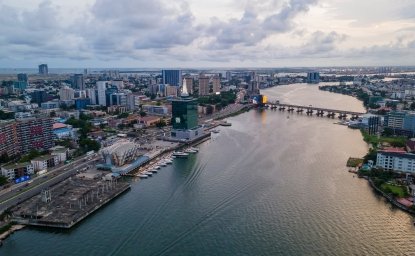
The Innovative Landscape of African Sovereign Wealth Funds
